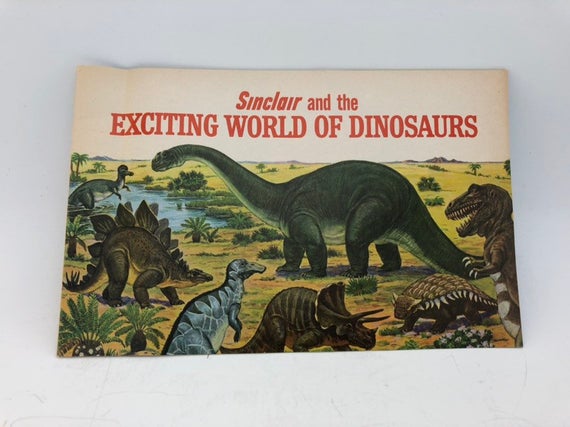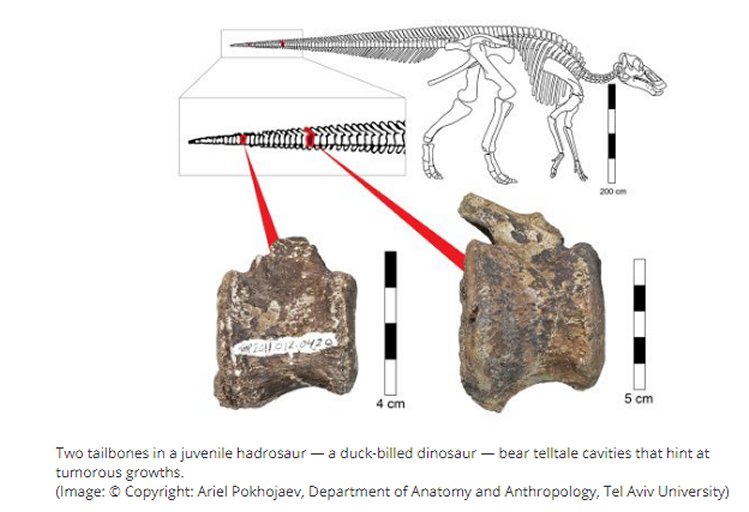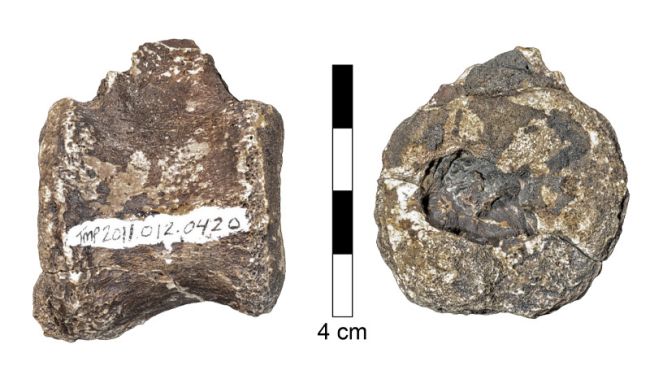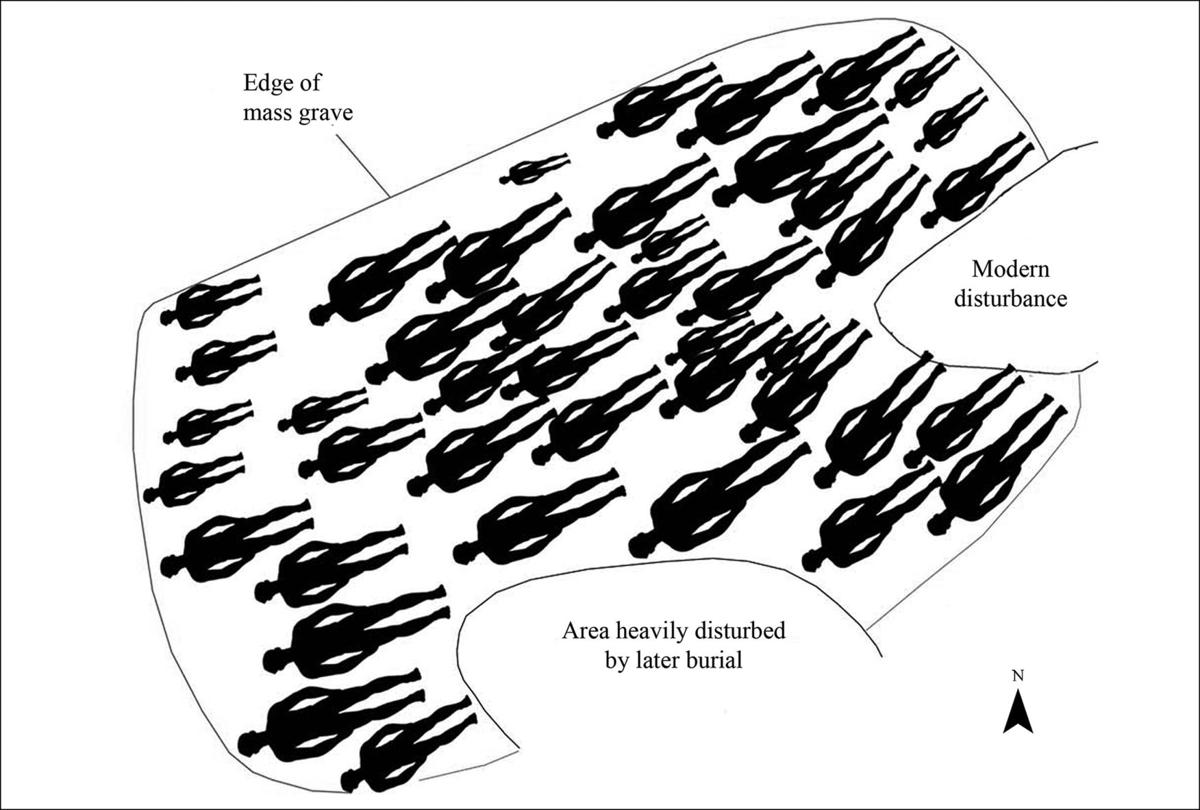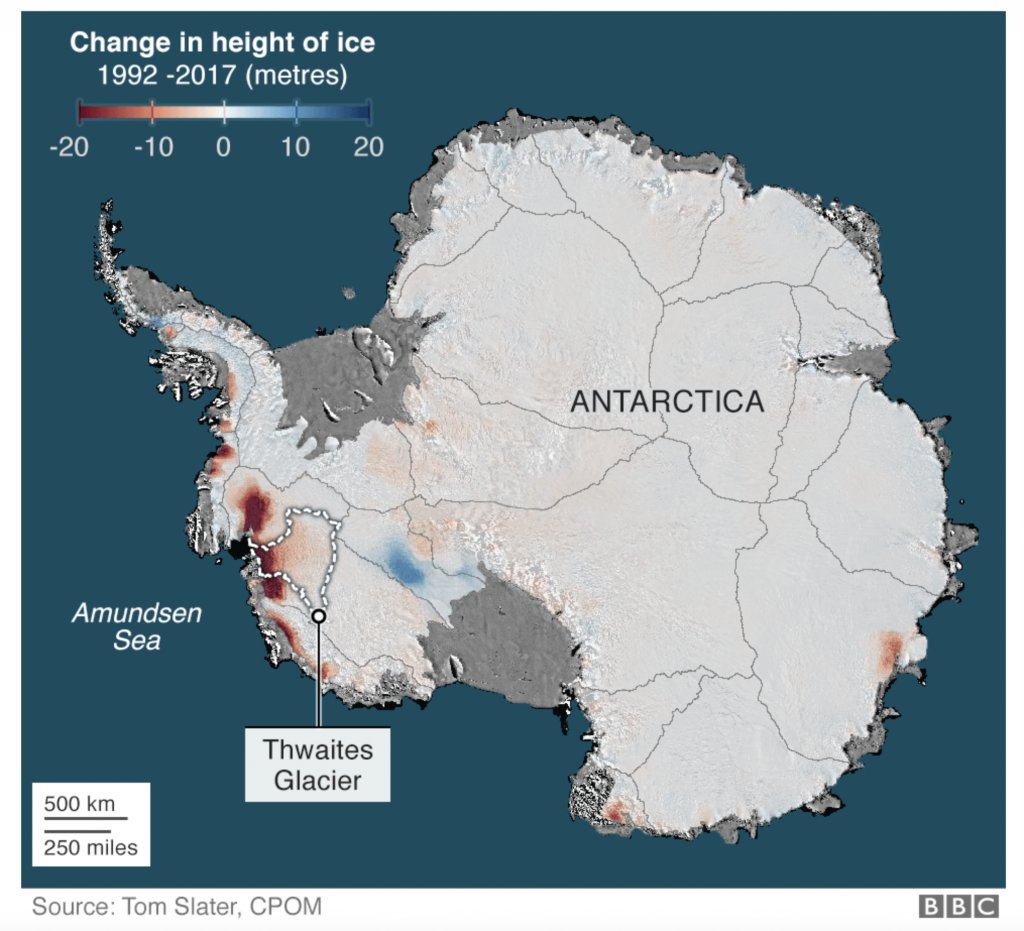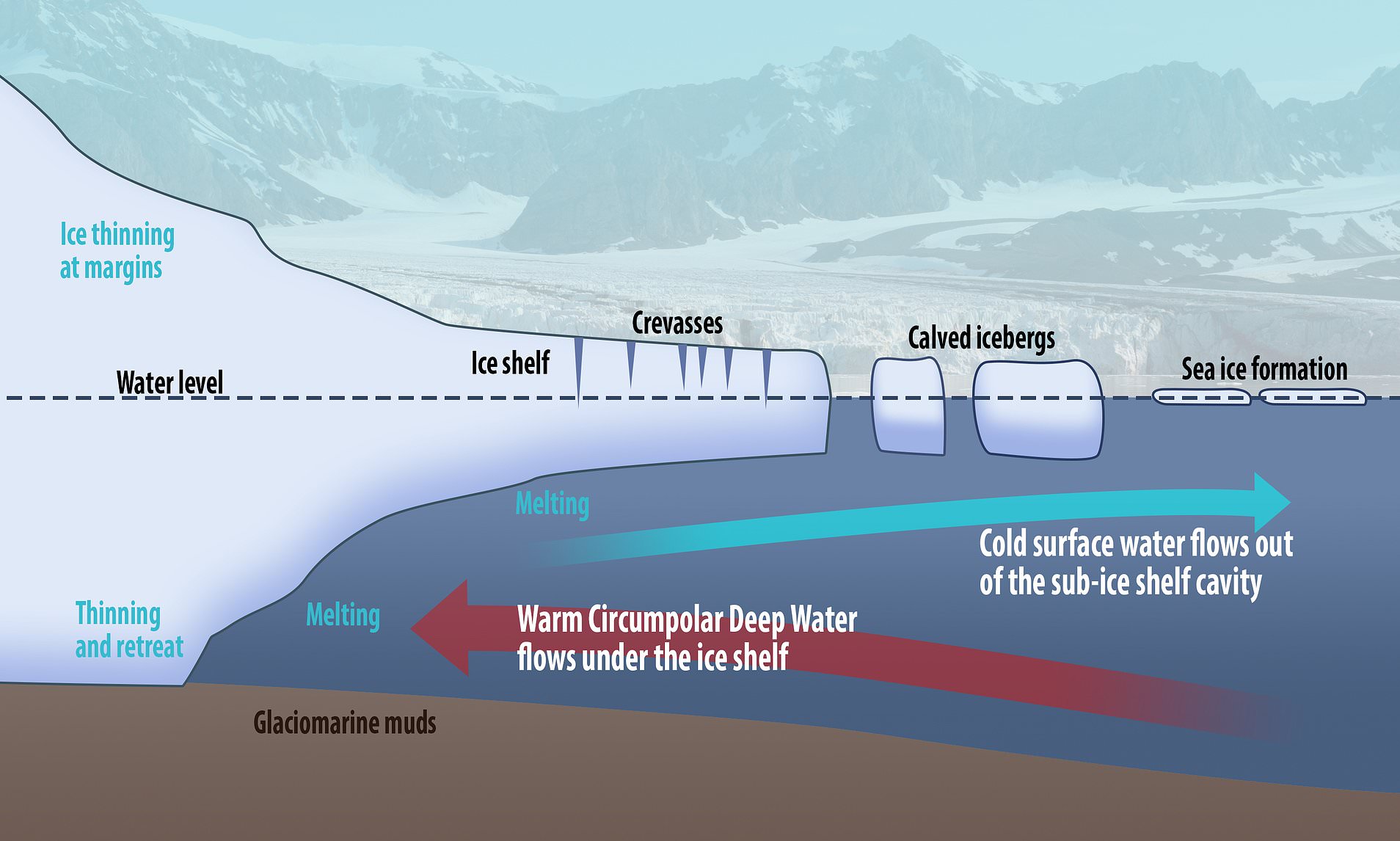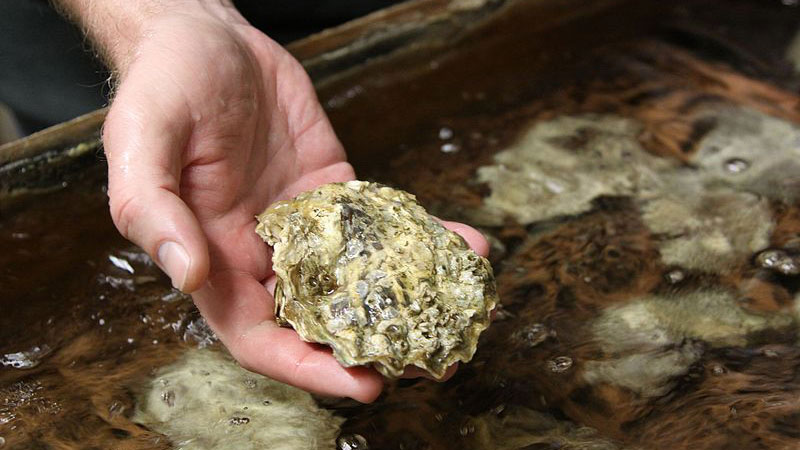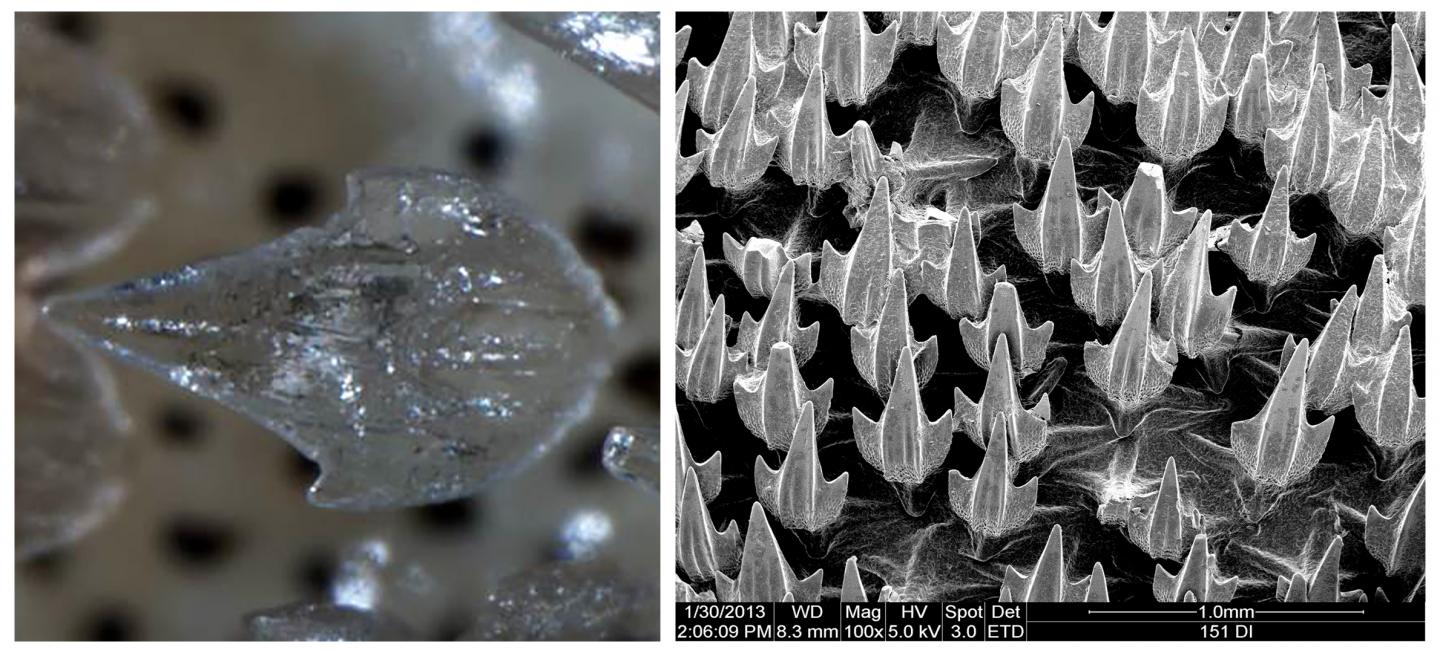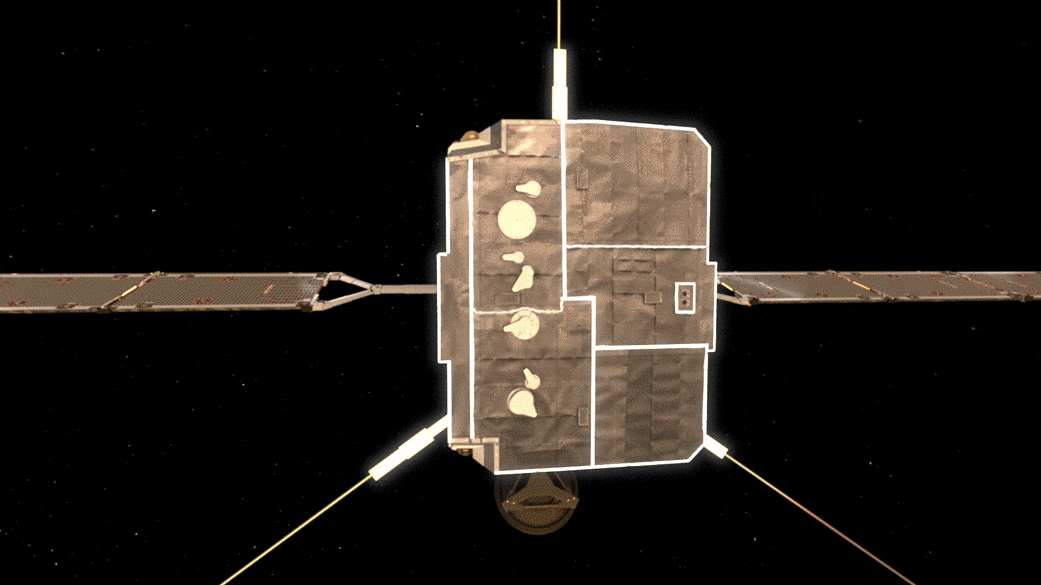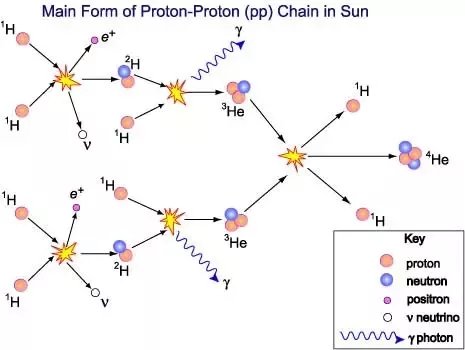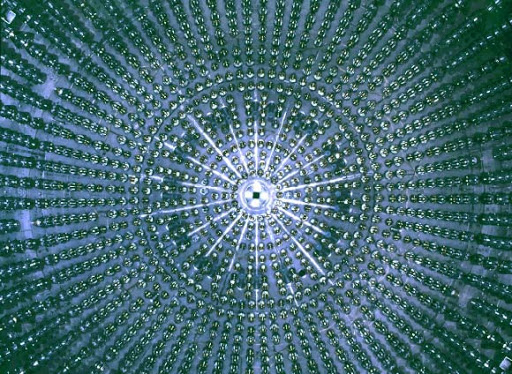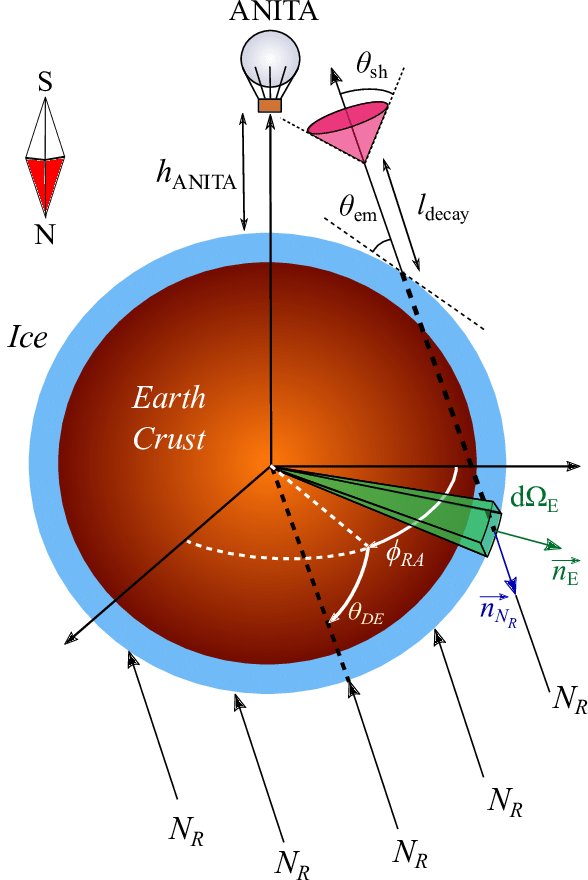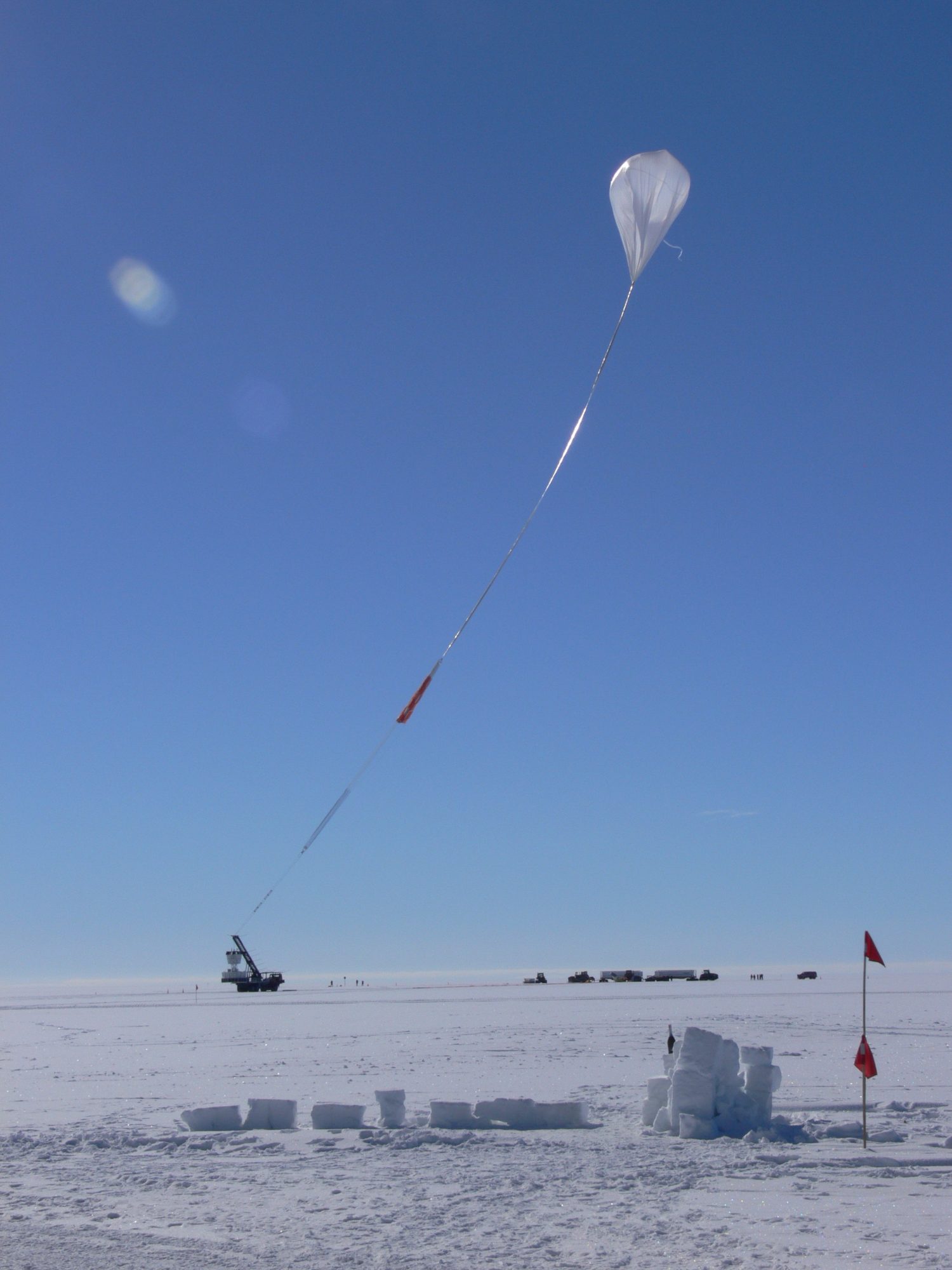I told myself that I wasn’t going to write a post about the Coronavirus, formally known as Covid-19. I’m certainly not qualified to do a proper job of telling people how to protect themselves from this new infectious disease. Besides, even if I tried to learn everything I could about the Covid-19 you would still be better served by visiting the websites of the Center for Disease Control (CDC) or the National Institute for Health (NIH) or the World Health Organization (WHO). For anyone who is looking for some reliable information on this pandemic you can follow the links below to be taken to the websites of these institutes, something I highly recommend.
CDC:https://www.cdc.gov/coronavirus/index.html
NIHhttps://www.nih.gov/health-information/coronavirus#!/detail/403327
WHOhttps://www.who.int/emergencies/diseases/novel-coronavirus-2019
However, while its true that I’m not the right person to listen to in order to get the most accurate information about Covid-19 I decided that perhaps I could do some good but pointing out some of the lies, falsehoods and even fake cures that are spreading almost as fast as the disease itself. Even more despicable are those who are seeking to use Covid-19 to make a quick buck off of the fears of others.

Epidemics have always seemed to bring out the very worst in human beings. Old friends and good neighbors can become deadly enemies if we think they might be infected while the disease can also become an excuse for indulging in our usual racial bigotries. Psychologically the disease frightens us, stimulating our fight or flee mechanism. We can’t fight a microscopic virus however, and since we can’t see it, how can we run away from it. So instead we turn on each other making a bad situation much, much worse.

That’s already happening with the Covid-19. Within weeks of the start of the outbreak, while the disease was still confined to China a conspiracy theory began to be spread across the Internet that the disease wasn’t natural, it had escaped from a Chinese biological warfare labouratory. The evidence for this accusation, well there simply isn’t any; and besides even if the lie were true it how would that help us in fighting Covid-19.

Falsely blaming the Chinese is a harmless rumor when compared to some of the misinformation now spreading across social media. Everything from a complete denial of the situation, ‘It’s all a democratic hoax!’, to useless cures like eating raw garlic, taking huge doses of vitamin C or even drinking bleach. (Do not drink bleach, not only won’t it cure Covid-19 it could possibly kill you.)

One thing that will help to protect you from Covid-19 is simply washing your hands often or using a hand sanitizer. Because of this however, some people are starting to hoard hand sanitizers and other disinfectants leaving many supermarkets and drug stores with empty shelves. Such panic buying only prevents other customers from obtaining these helpful products, which could actually help to spread the virus.
Of course some of those people who are buying those large quantities of hand sanitizer aren’t doing so to protect themselves. Instead they are buying in order to resell those products at hugely inflated prices.

This practice is known as price gouging and is one of the time honoured if completely illegal techniques for making a quick buck off of your neighbor’s fears and desperation. The new Internet market places of E-bay, Facebook and even Amazon have become innocent vehicles for this trade. While all of these companies are cracking down on websites that are engaging in the illicit business nevertheless it is impossible to keep up with all of the websites being created just to sell over priced disinfectants and cleaning products.
But at least those websites are selling products that are actually helpful in preventing Covid-19. There are also websites, thousands of them now, which are selling fake ‘cures’, snake oil, and otherwise useless products to people who are afraid that they will get Covid-19, at inflated prices of course. One of the more popular ‘cures’ is known as MMS. Depending on the crook selling it MMS can stand for either Miracle Mineral Solution, Miracle Mineral Supplement or Master Mineral Solution.

No matter what the name is MMS comes as a packet of sodium chlorite (NaClO2) along with an ‘activator’ such as citric acid (C6H8O7). Mixed together the chemicals produce Chlorine dioxide (ClO2), bleach, just as I talked about earlier. Dozens of people have been hospitalized after drinking MMS and some of the frauds peddling MMS actually tell their customers that severe vomiting and diarrhea only shows that the ‘cure’ is working. MMS has actually been around for many years being sold as a cure for everything from autism to malaria and especially AIDS.
Another fraudulent ‘cure’ is actually being peddled on cable TV, on ‘The Jim Bakker Show’ to be precise. If the name Jim Bakker rings a bell with your memory that’s because back in the 1990s televangelist Jim Bakker build a money making empire out of his ‘Praise The Lord’ or PTL ministries. Turned out that much of Bakker’s financial shenanigans were illegal so the right reverend spent five years in jail for fraud. Just the sort of person you want to trust your healthcare to!
Anyway, Bakker is back on the air, still selling god and quack cures and on the February 12th episode of his program he and his guest Sherill Sellman (Yes, an actual snake oil salesman named Sellman!) discussed the virtues of Sellman’s product Silver Solution, which is nothing more than particles of silver suspended in a fluid. Purchased from Bakker’s website Silver Solution costs $40 for a 16oz. bottle.

According to Sellman, “Well let’s say it hasn’t been tested on the strain of coronavirus (covid-19 that is) but it’s been tested on other strains of the coronavirus and has been able to eliminate it within 12 hours, totally eliminate it, kills it, deactivates it.” That statement is so inaccurate that not only have the FCC and Federal Trade Commission taken action to prevent Bakker from repeating his false claims but the Attorney General’s of New York and Missouri have issued cease and desist orders against the show.

I could go on but there’s just too much misinformation, outright lies, profiteering, and fake cures for me to cover in a single post. It’s true, this is a dangerous situation, we all need to keep our heads and, most importantly, listen to the doctors and scientists who are studying Covid-19. Again, real information you can trust is available at the websites I listed above, go to them, go to your doctor if you start to feel sick. Before I go I would like to point out one thing. If I stay healthy there is less chance of Covid-19 spreading to you and vice versa. That means that we really are all in this together.






















